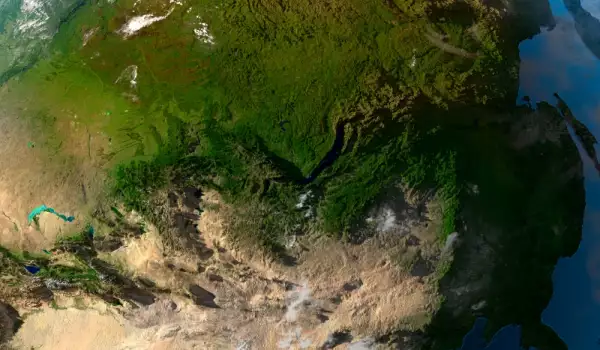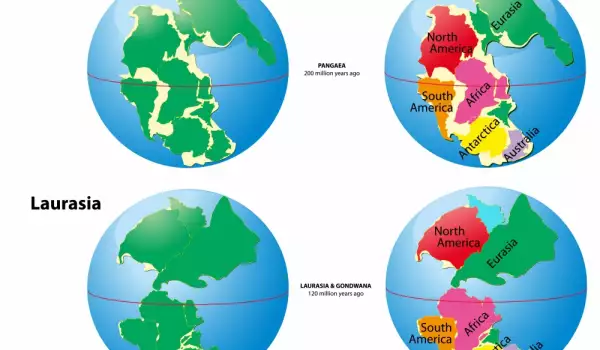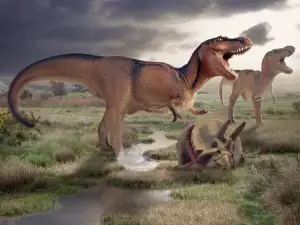A new supercontinent, Amasia, is going to form on Earth over the course of the next 250 million years, researchers predict. Based on simulations conducted in the University of Wales, North and South America are expected to collide, with the Caribbean Sea, the islands belonging to it and the northern Arctic Ocean to disappear. This entire landmass is going to merge with the continent of Asia, thus forming Amasia.
Researchers say this is an irreversible process, the consequence of the natural movement of the planet's tectonic plates - the enormous plates of the Earth's crust that drift in certain directions for hundreds and millions of years.
The study, published in Nature journal, is based on the theory called "orthoversion". According to it, after the first supercontinent on Earth (Pangaea) broke apart, the newly formed landmasses began to drift apart along an arbitrary axis from north to south. The tectonic plates overlap and collide along this line most frequently.
Currently, this line is located along a stretch of the Pacific Ocean known as the Ring of Fire. It is there that American scientists posit the new supercontinent will be born.
To test their model, researchers used paleomagnetic data - the record of Earth's magnetic field, preserved in the rocks. With these they hoped to study the variations in Earth's rotation in relation to its axis.
These variations are known as polar wander and are caused by changes in the distribution of the planet's mass. They occur as the Earth tries to attempt to maintain balance in its rotation. Of course, every adjustment occurs once every few million years.

By combining these data with knowledge of how the past supercontinents of Pangaea, Laurasia and Gondwana formed, they've managed to forecast the future formation of Amasia.
The simulation further showed that due to the enormous mass of the new continent, the planet's poles will shift in order to restore balance. The future north pole will find itself in the center of Europe, making it unsuitable for life, at least at the current human technological level.









